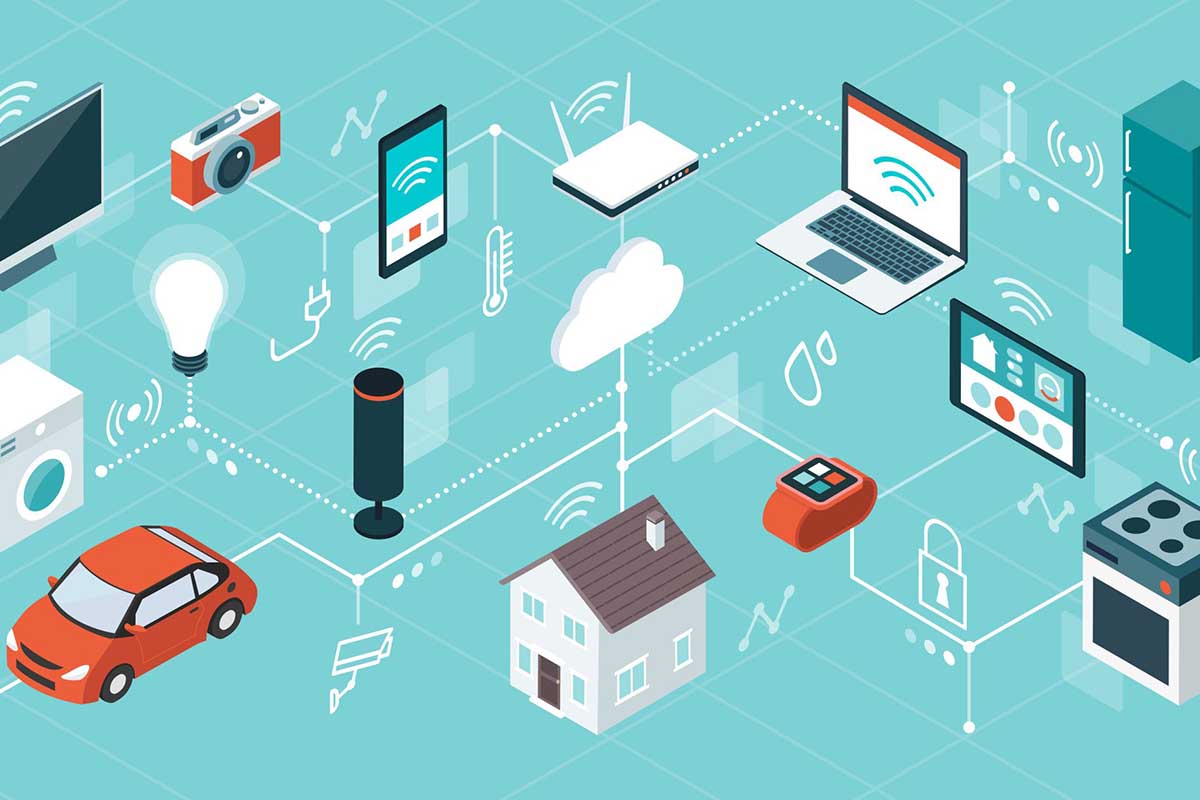In an era where data is the heartbeat of both businesses and scientific research, the need for efficient, scalable, and flexible computational resources has never been greater. Enter cloud computing — the provision of computing services, including storage, processing power, and networking, over the internet, commonly referred to as “the cloud.”
Defining Cloud Computing: Cloud computing is the delivery of different services through the internet, such as data storage, servers, databases, networking, and software. Rather than owning their computing infrastructure or data centers, businesses can rent access to anything from applications to storage from a cloud service provider.
Historical Context: The idea of cloud computing finds its roots in the 1960s. The concept of an “intergalactic computer network” was introduced by J.C.R. Licklider, who was responsible for enabling the development of ARPANET (Advanced Research Projects Agency Network) in 1969. The term “cloud” was inspired by the cloud symbol used by flow charts and diagrams to symbolize the internet.
By the 2000s, with the growth of the internet, major corporations like Amazon and Google began to recognize the potential of delivering commercial cloud computing services. Amazon initiated the modern cloud market with the launch of its Amazon Web Service (AWS) in 2006. Today, cloud solutions provided by companies like AWS, Google Cloud, and Microsoft Azure have redefined how businesses operate.
High-Performance Computing (HPC):
HPC, or High-Performance Computing, describes the use of supercomputers and parallel processing techniques to solve complex computational problems. These are tasks that regular desktops cannot perform due to the intensive calculations involved, like quantum physics simulations, weather predictions, or biomedical research.
HPC’s Distinction: While all computing relies on processing data, what differentiates HPC is its ability to process vast amounts of data simultaneously by dividing the tasks across multiple processors. Typically, these were achieved using specialized infrastructure and supercomputers.
HPC and Cloud Computing: A Confluence:
The integration of HPC with cloud computing marks a paradigm shift. Here’s how they come together:
1. Scalability: Traditionally, if an institution required more computational power for HPC, it needed to invest in physical infrastructure. With cloud computing, they can scale up or down based on demand instantaneously.
2. Cost-Effective: Building a supercomputer for HPC is a costly endeavor. With cloud HPC, institutions can access supercomputer-like capabilities at a fraction of the cost.
3. Flexibility: Cloud HPC provides a diverse range of computational resources tailored to specific needs. Need GPUs for graphic-intensive simulations? Or perhaps high-memory instances for large datasets? Cloud HPC offers them all.
4. Collaboration: With data and computational resources hosted on the cloud, collaborative efforts become seamless. Researchers from different parts of the world can access and work on the same datasets and tools without the need for data transfer.
5. Advanced Services Integration: Cloud providers offer not just computational resources but also advanced machine learning, AI, and data analytics tools. This provides an enriched environment for researchers and businesses.
Considerations and Challenges:
While the fusion of HPC and cloud computing offers numerous advantages, it’s not without challenges:
1. Data Transfer: Transferring large datasets to the cloud can be time-consuming and costly.
2. Security Concerns: As with any cloud service, there are concerns about data security and privacy.
3. Performance: While cloud providers have made strides, the performance of cloud HPC may still lag behind dedicated supercomputers for specific tasks.
High-Performance Computing and Parallel Processing: Powering the New Age of Computational Excellence
In our rapidly advancing technological era, the challenges we face, be it in scientific research, data analytics, or complex simulations, demand computational capabilities that far exceed conventional means. To cater to these ever-growing demands, the computing world has embraced High-Performance Computing (HPC) and parallel processing. But what are these technologies, and how are they shaping the future of computation?
Parallel Processing: The Heartbeat of HPC
Parallel processing is a method where multiple calculations or processes are performed simultaneously. Instead of executing sequences in a linear or serial manner, parallel processing divides tasks across multiple processors or machines. This concurrent execution is what enables the rapid computation speeds characteristic of HPC.
Types of Parallelism:
1. Data Parallelism: Dividing data into smaller chunks and processing them simultaneously. It’s best suited for tasks where the same operation needs to be performed on different data pieces, like in array processing.
2. Task Parallelism: Different tasks or instructions are executed concurrently. This is useful for tasks where different operations can be performed independently and simultaneously.
The Symbiosis of HPC and Parallel Processing
It’s crucial to understand that HPC isn’t just about having powerful hardware. It’s about effectively harnessing that power. And this is where parallel processing steps in.
Maximizing Utilization: By splitting tasks and executing them concurrently, parallel processing ensures that every part of the HPC infrastructure is used optimally.
Enhanced Speeds: With multiple tasks being executed at once, computational speeds skyrocket. This is essential for real-time simulations or when dealing with vast datasets.
Cost Efficiency: Instead of investing in a singular, ultra-powerful (and ultra-expensive) machine, organizations can use multiple interconnected, cost-effective machines to achieve similar computational prowess.
Real-world Applications
Climate Modeling: Scientists use HPC with parallel processing to simulate and predict climate changes, which requires crunching vast amounts of data.
Biomedical Research: Be it genomic sequencing or drug discovery, the biomedical field leverages these technologies for faster and more accurate results.
Financial Modeling: For tasks like risk assessment, HPC and parallel processing enable real-time analytics of vast and complex financial datasets.
Astronomy and Astrophysics: Simulating black hole collisions or mapping the universe requires the concurrent processing of vast computations, a task tailor-made for HPC and parallel processing.
Challenges and The Road Ahead
While HPC and parallel processing offer immense benefits, they’re not without challenges:
Software Limitations: Not all applications are designed for parallel execution, requiring specialized software or modifications to existing programs.
Hardware Bottlenecks: Efficient parallel processing demands seamless communication between processors. Any hardware limitations can impede this.
Complexity: Managing and maintaining an HPC infrastructure, especially when ensuring efficient parallel processing, can be complex.
However, with the evolution of technology and the increasing need for computational power, the nexus of HPC and parallel processing will only strengthen. As challenges are addressed, we can anticipate even more groundbreaking discoveries and innovations powered by these formidable tools.
Conclusion
Cloud computing has democratized access to computational resources, and its merger with HPC is redefining the horizons of scientific research and business analytics. As cloud providers continue to innovate and address the challenges, the symbiotic relationship between cloud computing and HPC is poised to push the boundaries of what’s computationally possible. It is not just a technological evolution but a revolution that brings high-end computational capabilities to the fingertips of researchers and businesses alike.




